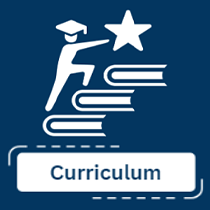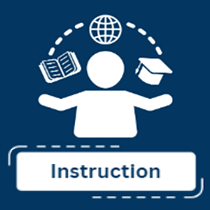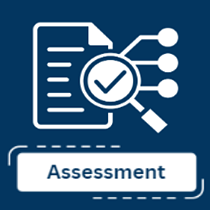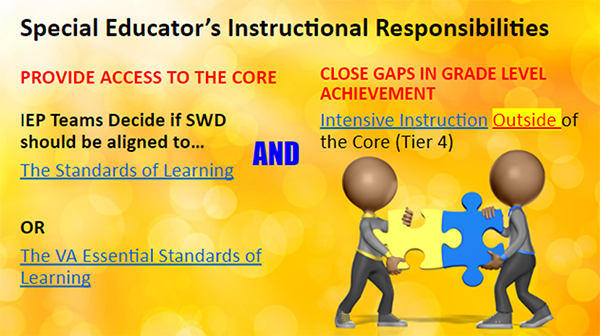NNPS Literacy Plan
SOL Aligned Special Education
The NNPS Literacy Mission highlights the power of literacy to open doors, spark interests, and drive discovery for every student, including those with disabilities. By using high-quality materials based on the Science of Reading and proven teaching methods, we ensure that all students gain the skills needed to succeed as readers, writers, and communicators. This approach not only helps students with disabilities engage with the world around them, but also supports their growth in becoming more independent, confident, and capable of exploring their own identities and future goals.



Curriculum
| Grades | Literacy Instruction as Aligned to the General Education Curriculum | Intervention Programs to Address Literacy Based IEP Goals |
|---|---|---|
K-2 |
Benchmark Advance Supplement: UFLI Foundations |
Lexia Core 5 (Decoding) Steps to Advance (Comprehension) |
3-5 |
Benchmark Advance |
Lexia Core 5 (Decoding) Steps to Advance (Comprehension) |
Instruction
High Leverage Practices
High-Leverage Practices (HLPs) are research-based strategies that help teachers improve the learning experience for all students, especially those who need extra support.
These practices focus on important areas like working together as a team (collaboration), understanding student progress (assessment), effective teaching methods (instruction), and managing classroom behavior (behavior management).
By using HLPs, teachers can adjust their teaching to fit each student's needs, encourage active participation, and ensure that every student can access and engage with the curriculum.
HLPs create an inclusive and supportive classroom where all students, including those with disabilities, can grow academically and socially.
Core Access and Collaborative Teaching
Collaborative teaching is a powerful method that brings together the strengths of multiple educators to support the learning of all students, especially those who may need additional help.
By working together to plan lessons, teach, and assess progress, teachers can adapt their instruction to meet a wide range of needs in the classroom.
Key strategies known as high-leverage practices—such as clear, step-by-step teaching (explicit instruction), focused support for students who need extra help (intensive interventions), and working together to solve challenges (collaborative problem-solving)—allow teachers to be more effective in reaching every student.
This teamwork creates a learning environment where all students, regardless of their needs, can succeed and thrive alongside their peers.
Specially Designed Instruction
Tier 1: Standards-Based Classroom Learning
All students receive high quality, standards-based, culturally responsive, differentiated instruction based on the curriculum.
Tier II: Supplemental Strategic Instruction
Targeted students receive strategically selected supplemental lessons matched to skill-specific areas of need in addition to standards-based classroom instruction.
Tier III: Intensive, Skill-Specific Instruction and Learning
Targeted students receive intensive, explicit skill instruction focused on the specific areas.
Tier IV: Specialized Instruction
Referral for suspected disability and specially designed instructional interventions where needed.
For more information, please visit: The U.S. Department of Education's Office of Special Education Programs, Vanderbilt University's Peabody College, The IRIS Center.
Assessment
Students in the designated grade levels and courses are required to participate in Virginia's assessment program unless exempted by state or federal law or Board of Education rules. This includes SOL aligned students with disabilities and English Learners who may either take the Standards of Learning (SOL) tests with or without accommodations or be assessed through alternate methods.
For more information, please visit:
Resources
For more information about all Special Education services and literacy support for diverse learners, please see the following resources:
- Virginia Department of Education: Special Education for Families
- The National Center on Improving Literacy provides parents and families practical ideas and strategies to help children become better readers and writers.








